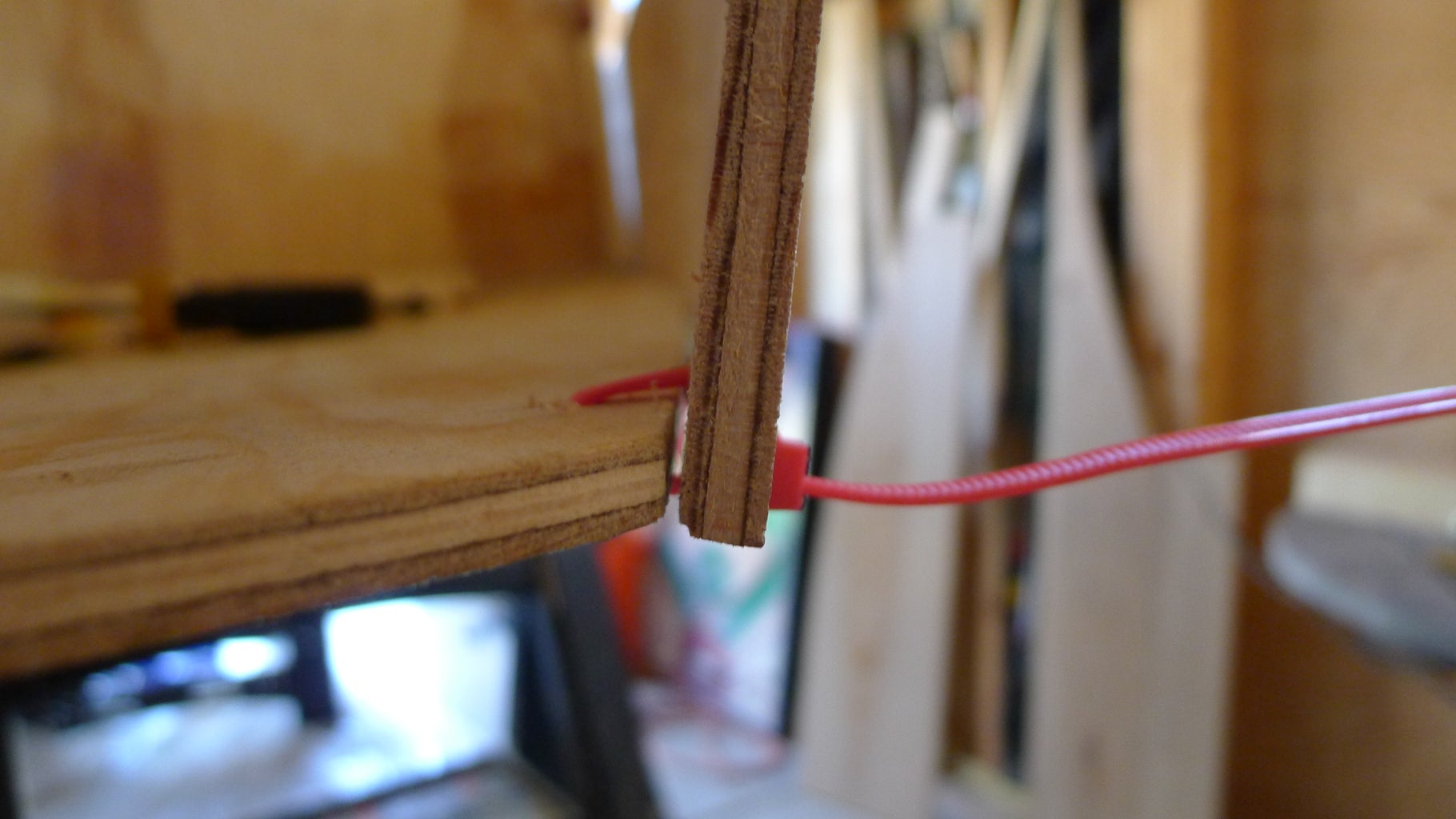
Beyond the Blueprint: Unveiling Hidden Factors in Choosing Stitch-and-Glue Boat Plans
Choosing stitch-and-glue boat plans feels like navigating a sea of options, doesn't it? This isn't just about picking a pretty picture; it's about selecting a project that aligns with your skills, resources, and ultimate vision. This article delves beyond the obvious, exploring often-overlooked aspects to help you make the *perfect* choice.Beyond the Hull: Unpacking the Unspoken Elements
Q: My skillset is intermediate. How do I avoid "plan paralysis"?
A: Many plans boast beginner-friendliness, but experience levels are subjective. Instead of focusing solely on the claimed skill level, analyze the plan's construction details. Look for:
- Component complexity: Are the parts simple, or are there intricate curves and compound angles requiring advanced woodworking skills?
- Joinery details: Does the plan utilize robust, beginner-friendly joinery techniques or more advanced methods?
- Number of parts: Fewer, larger components are generally easier to manage than numerous small pieces.
Consider starting with a smaller, simpler design even if you feel capable of a larger project. Building a successful smaller boat first will boost confidence and hone your skills significantly before tackling a more ambitious undertaking. Remember, a completed smaller boat is a greater achievement than an unfinished larger one!
Q: How can I factor in long-term maintenance and material costs?
A: This is where many builders get caught off guard. The initial cost of plans and materials is just the beginning. Consider these less-discussed factors:
- Material durability and longevity: Some woods and plywood types offer better resistance to rot and UV damage than others. This translates to lower maintenance costs down the line. Research this aspect thoroughly. Data from sources like the West System epoxy website can prove invaluable.
- Design features: A simpler, more traditional design might require less frequent maintenance than a boat with intricate detailing or complex hull shapes.
- Future upgrades: Think about possible future modifications. A plan that allows for easy addition of features (e.g., a motor mount) provides flexibility.
Let's say you're comparing a simple, cedar-strip canoe plan with a more complex fiberglass-hulled sailboat design. The cedar-strip might have a higher initial material cost but significantly lower long-term maintenance costs compared to the potential for fiberglass repairs.
Beyond the Plan: The Unsung Heroes of Success
The Power of Community and Mentorship:
Don't underestimate the power of connection. Forums, online communities dedicated to stitch-and-glue boat building (like those on WoodenBoat.com or similar sites), and local boatbuilding clubs are goldmines of knowledge and support. Sharing your journey and seeking advice from experienced builders can prevent costly mistakes and accelerate your learning. Remember â€" it's not a solo endeavor.
The Hidden Cost of Time:
Boat building is time-consuming. Realistic time estimates in plans are often optimistic. Factor in potential delays due to material sourcing, tool issues, or unexpected complexities. Treat the time commitment as a serious factor when choosing a project, ensuring it aligns with your available time and patience levels. A rushed project often leads to compromised quality and frustration.
Conclusion: Charting Your Course to Success
Selecting the right stitch-and-glue boat plans is a strategic decision. By moving beyond the aesthetic appeal and considering the hidden elements â€" your own skillset, long-term maintenance, community support, and realistic time commitment â€" you'll be better equipped to choose a project that brings joy, fulfillment, and, ultimately, a beautiful boat to the water. Happy building!

0 comments:
Post a Comment
Note: Only a member of this blog may post a comment.